The plants of the genus Sarracenia they are carnivorous, belonging to the family of Sarraceniaceae. Sarracenias are native to North America, where they grow in wet and swampy areas, such as peat bogs. These carnivorous plants are known for their tube-shaped leaves, with a funnel-like structure that acts as a trap for insects. The leaves are modified to attract, capture and digest insects, providing plants with essential nutrients such as nitrogen, which are deficient in their natural habitat.
Sarracenia was first scientifically described in 1737 since naturalist John Bartramand takes its name from the physician and botanist Michel Sarrazin. Today this carnivorous plant is widely cultivated by enthusiasts, given its excellent adaptability and ease of cultivation.
So let’s see everything there is to know to take care of a sarracenia in the right way.
What is a sarracenia plant made of?
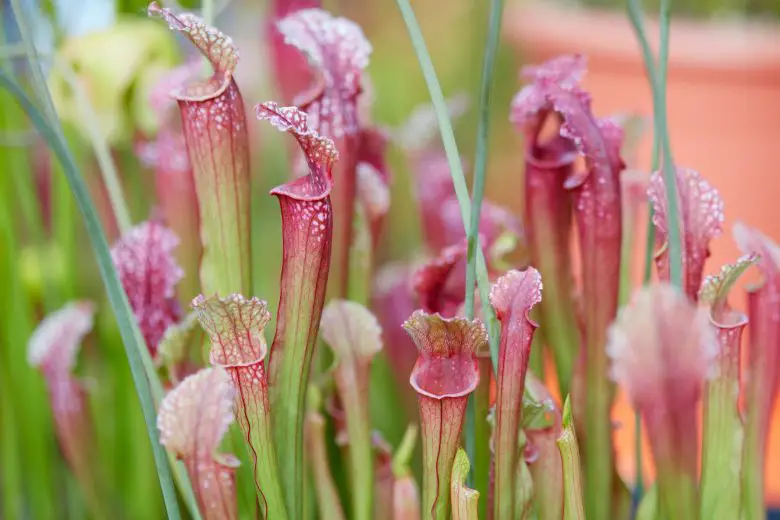
A sarracenia plant consists of several parts, each of which performs a specific function.
The leaves (ascids) are the most important and salient element of the plant, they are typically long and tube-shaped, with a funnel-like structure which acts as a trap for insects. The upper part of the ascites is broad and flattened, forming a sort of lid that protects the inside of the leaf from excessive rain. The leaves are usually green, but can have different shades of red or yellow, depending on the species or variety.
The roots are relatively thin and poorly developed. However, these plants don’t need strong roots, as they get most of their nutrients from the insects they catch with their leaves. The stem is relatively short and robust, usually just above the ground.
The flowers of sarracenia are quite large and showy, with petals of different shades of pink, red or purple. The flowers are borne on tall, slender stems, above the leaves. Flowering occurs in spring or summer.
Finally the seeds, small and brown, with an oval or drop shape. The seeds are produced after flowering and are often carried by the wind to spread the plant to new territories.
What are the most cultivated species and hybrids of sarracenia?
Obviously there is not a single species of sarracenia, quite the contrary. There are numerous species and hybrids cultivated by enthusiasts. So let’s see the most famous ones:
- Sarracenia purpurea: this species has short and pot-bellied ascidians, of an intense burgundy color, with dark red or pink flowers that appear in spring. It is a very rustic species which can be grown in the garden or in pots;
- Sarracenia flava: this elegant plant has long, slender green-yellow ascidia, with upright lids and wavy yellow spring flowers;
- Sarracenia psittacine: Also known as parrot sarracenia this plant catches crawling insects with its rosette of horizontal traps veined in red, white or green. The dark spring flowers vary in color;
- Sarracenia mitchelliana beautiful: one of the most attractive hybrids, “bella”, has pink, red and white veins on the pitchers and vivid red spring flowers;
- Sarracenia Judith Hindle: Profusion of slender pitchers with wavy lids make this a handsome hybrid in its own right. The pitchers are green, but turn red when ripe, with marbled veins. Dark red spring flowers.
What does the sarracenia plant eat?
Sarracenia is a carnivorous plant and feeds its growth by catching and digesting the insects it attracts within its modified leaves. As mentioned, the ascidians of the plant are tubular and have a funnel-shaped structure with the upper part open in the shape of a lid.
The insects, attracted by the colors and the shape of the leaves, slip inside and remain trapped in a sort of digestive liquid present in the bottom of the leaf itself. This liquid contains digestive enzymes and hydrochloric acid, which decompose captured insects into essential nutrients such as nitrogen, phosphorus and potassium, needed for plant growth. In this sense sarracenia is similar to cobra plantanother carnivorous plant we studied, but different from dioneaprobably the most common carnivorous plant in the home.
Sarracenias capture various types of insects such as flies, mosquitoes, wasps, ants and spiders, but also small aquatic organisms such as zooplankton and planarians. However, they do not feed exclusively on insects but can also acquire other nutrients from non-animal sources such as bacteria and organic fertilizer found in the soil.
Where to keep sarracenia?
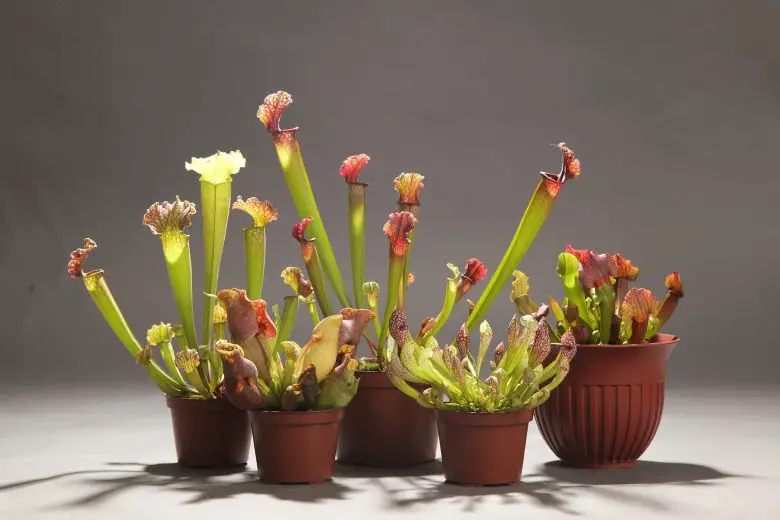
In nature, sarracenia is a carnivorous plant that grows in wet and marshy areas, such as peat bogs, where the soil is poor in nutrients and acid. Therefore, if you want to grow it in the garden or in a pot, it is important to create an environment similar to its natural habitat.
First, sarracenia needs a lot of direct sunlight to grow, preferably 6-8 hours a day. If you live in a very hot area, it may be helpful to place the plant in a location where it receives morning or afternoon sunlight. The plant grows best in cool, humid climates, but is frost tolerant. It is recommended to place it in a place where the temperature remains between 18 and 25 degrees °C during the day, and between 10 and 18 degrees °C at night.
Also, it needs a humid environment to properly vegetate, so placing the pot on wet pebbles or spraying water around the plant to increase humidity may help.
In general, sarracenia can be grown indoors or out, depending on the environmental conditions and temperatures in your area.
What is the ideal soil for growing this carnivorous plant in the garden or in pots?
Sarracenia grows naturally in acidic soils such as peat bogs and therefore requires a specific soil for its cultivation. The ideal soil for sarracenia must be porous, draining and acidic, in order to prevent the roots from rotting and to favor the correct intake of nutrients. The ph must be between 4.5 and 5.5i.e. acid. Therefore an optimal substrate mix is the one composed of peat and perlite. Peat acidifies the soil, the perlite increases its porosity and drainage.
This mix is easy to use in pot cultivation, also because is on sale ready.
If, on the other hand, you want to cultivate sarracenia in the open ground, you must amend the garden soil separately with peat and sand, thus making the soil more suitable for this carnivorous plant.
What type of pot is optimal for sarracenia and after how long should it be repotted?
For sarracenia, in general, it is advisable to use shallow and rather large pots, in order to allow the development of the superficial root system of the plant. Terracotta pots are a good choice, as they allow for good air circulation and help drain excess water.
Sarracenia needs to be repotted every two to three years, depending on the size of the pot and the growth of the plant. The best season to do this is spring, when the plant is in full growth. When repotting, it is important to carefully remove old, dead substrate from the roots of the plant and transplant into fresh new substrate. Obviously, if the sarracenia is grown in the ground, repotting is not necessary, but it may be useful to periodically loosen the soil around the plant and add a little fresh peat to ensure a better growing environment.
How to give her water?
Sarracenia requires regular watering to thrive. However, it is important to pay attention to the quantity and quality of water that is given to the plant to avoid growth and health problems.
It requires a lot of water during the growing season, but it is important to avoid leaving standing water directly in the saucer or collection dish, as this can cause root rot. Pebbles can be placed on the saucer, so as to leave it moist, but not soaked. We recommend watering the soil at least once a week during the growing season, but how often depends on environmental conditions, such as temperature and humidity.
It is essential to use distilled water, rain water or deionized water, as these have a low mineral content. Avoid using tap water, as it often contains mineral salts and chlorine, which can harm the plant. The water given should be at a temperature similar to room temperature, so avoid using cold or ice cold water. Too hot water can also damage the roots of the plant. Finally, avoid administering water directly on the leaves, as this could cause the deterioration of the leaf tissue.
How to care for a sarracenia in winter?
During the winter, sarracenia plants enter a dormant state. During this time the plant slows down in growth and requires special care to ensure it is able to survive and thrive when growth resumes in the spring. It is therefore necessary to drastically reduce the administration of water, it is advisable to wet the soil only when it dries completely.
Keep the plant in a cool place, with a lower temperature, between 5°C and 10°C. It is important to place the plant in a cool, well-ventilated place, but avoid exposing it to extremely low temperatures or sudden changes in temperature. During winter therefore, sarracenia requires less sunlight than during the growing season. It is advisable to keep the plant in a partially or completely shaded place during the winter months.
Finally, during the winter, some leaves may turn yellow and die. It is advisable to remove these dead leaves to prevent them from rotting and damaging the plant.
How does a sarracenia plant multiply?
There are several ways to multiply sarracenia. A first method is that of the division of the rhizomes , this technique consists in gently separating the rhizomes from the mother plant and planting them in pots or in the ground. It is best to do this during the spring or summer when the plant is in full growth.
Other technique is that of cuttingwhich can be done during the growing season by cutting a whole healthy pitcher from the mother plant and placing it in a new pot with appropriate substrate. It is important to keep the cutting constantly moist and place it in a partially or completely shaded place until it produces new shoots.
Some species produce lateral buds, also called offspring, which can be detached from the mother plant and planted in pots or in the ground. This method is especially useful for plants that produce many side buds.
In general, propagating sarracenia requires attention and care, but can be a rewarding challenge for keen gardeners.
How long does this carnivorous plant live?
The life span of a sarracenia plant can vary depending on environmental conditions, care, and the specific species. Typically, a specimen can live 3 to 5 years, but some species can live up to 20 years or more if cared for properly. It is important to note that it is a perennial plant that grows during the warm season and enters a dormant phase during the winter, in which it reduces its metabolic activity and remains in a state of rest until the following spring.
To prolong the life of the plant, it is important to provide it with the right growing conditions, such as proper exposure to sunlight, regular watering with mineral-free water, and the right acidic soil mix.

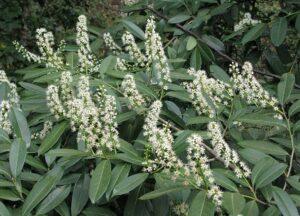
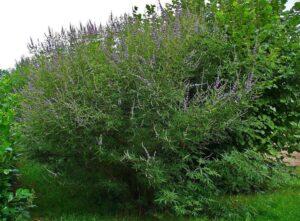
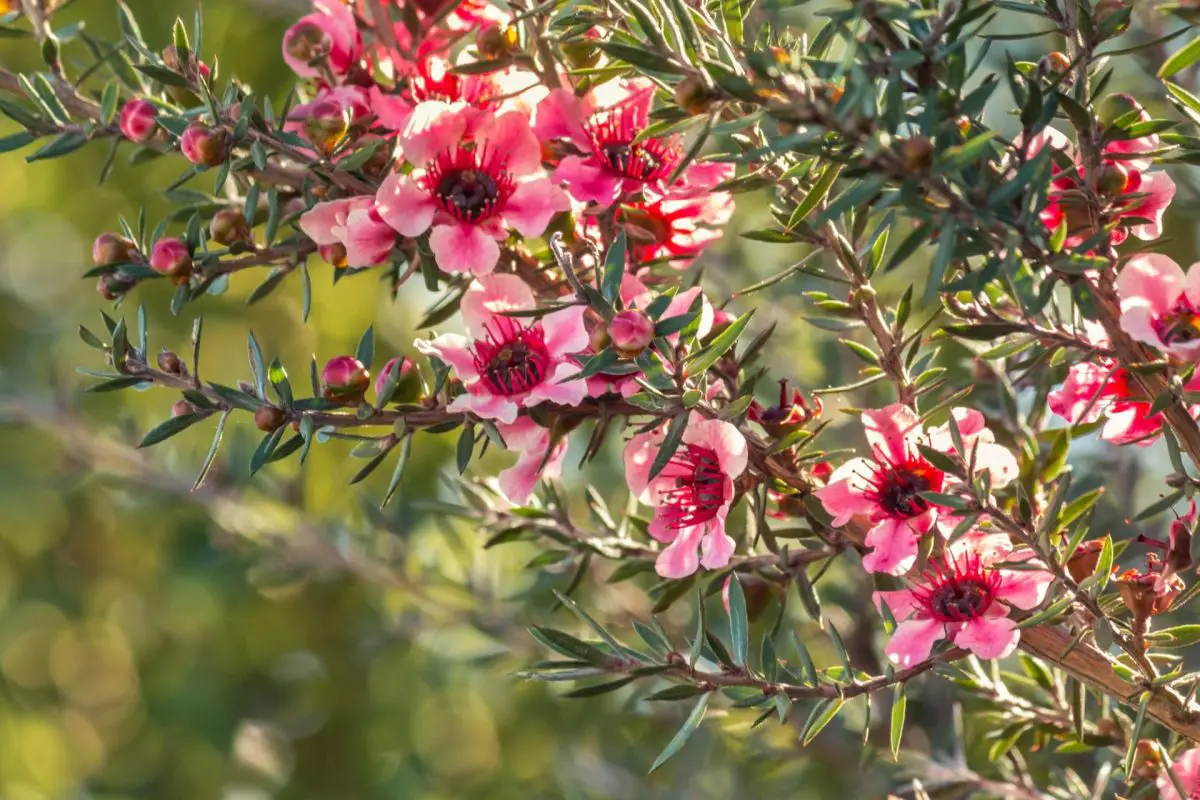
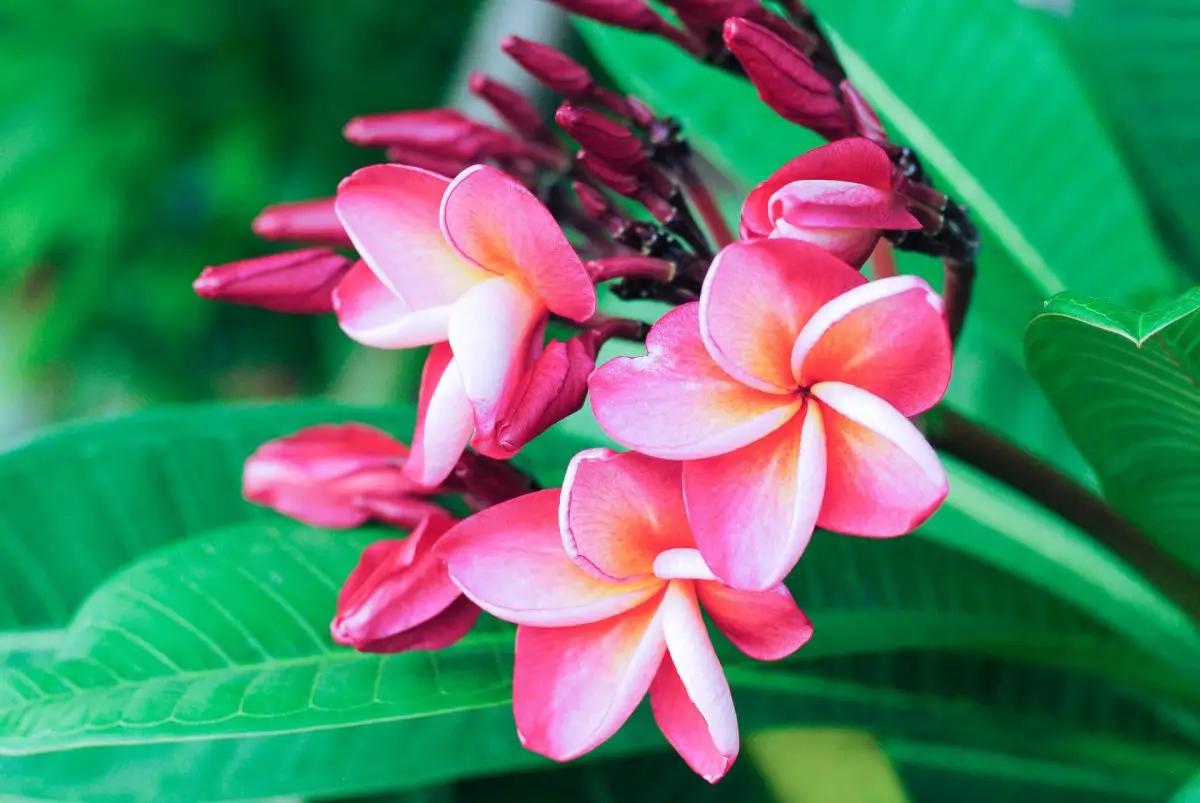
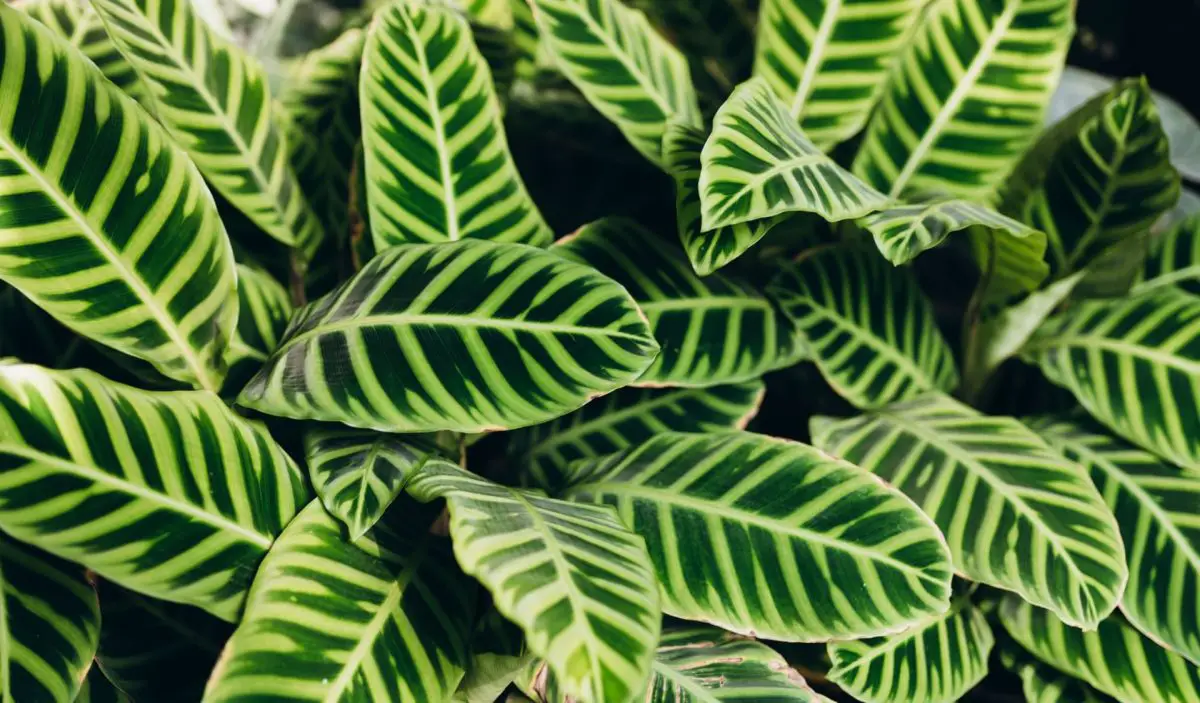
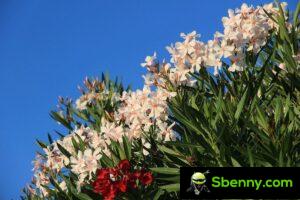
Start a new Thread